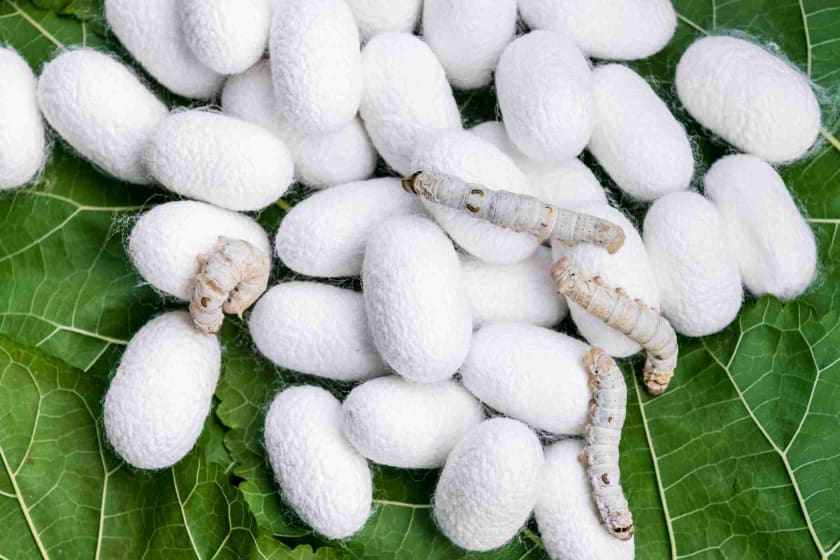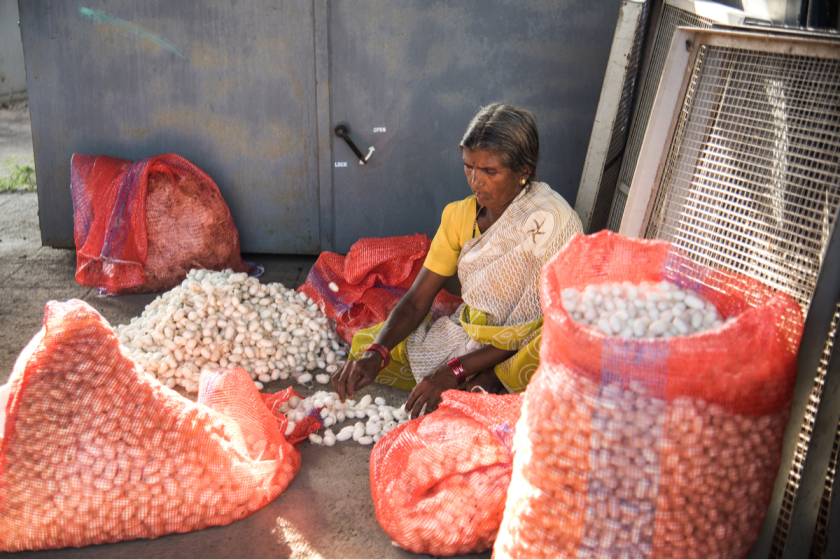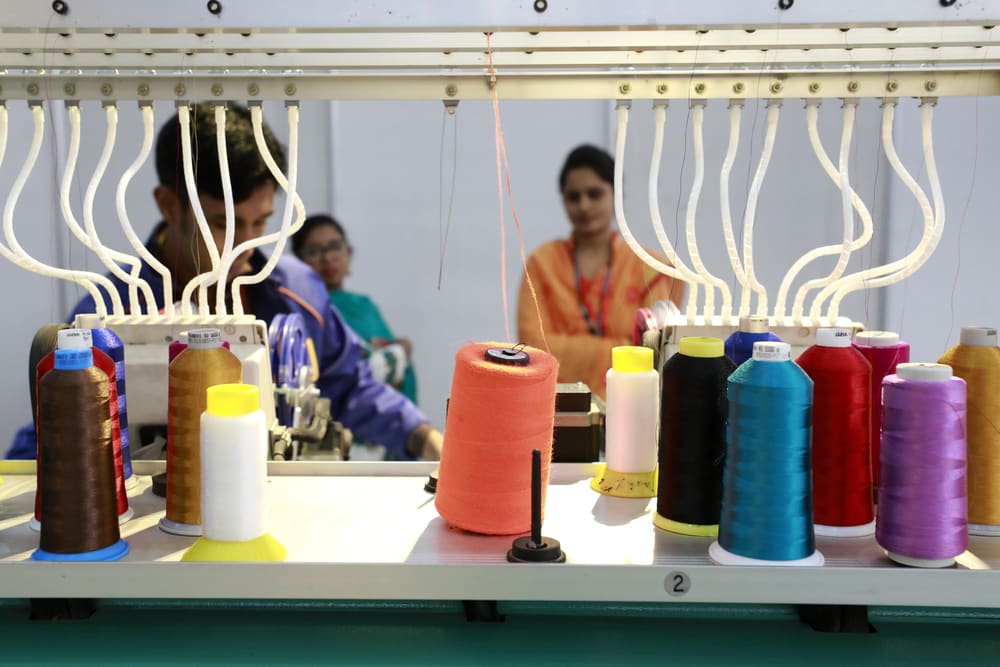Decline of Sericulture in India



What is Sericulture?
Sericulture, or silk farming, is the cultivation of silkworms to produce silk. There are several commercial species of silkworms but Bombyx mori (the caterpillar of the domestic silkmoth) is the mostly the centre of attention when it comes to studying the silk production. Silk was believed to have first been produced in China as early as the Neolithic Period. Sericulture has become an important cottage industry in countries such as Brazil, China, France, India, Italy, etc. Today, China and India are the two main producers, with more than 60% of the global annual production.
Sericulture in India

India is the second largest producer of silk in the world after China. However, India is the largest producer of mulberry silk, which is the most commonly used form of silk yarn in the world, after China. India outranks China even in the consumption of it. There are four varieties of silk yarns - mulberry, tussar, muga and eri. India is the only country where all four variants are naturally found. Muga Silk is exclusive to the country. Silk has been a part of India’s culture and economy for ages. India has been producing silk since the 1400s. In a country where over 70% of the population is dependent on agriculture, sericulture is a lifeline for many rural families. Sericulture has a significant impact on the economy, and is therefore a focus for socio-economic development by the government.
- Central Silk Board : For the development of silk industry in India, the Central Silk Board, a statutory body, is functioning under the administrative control of the Ministry of Textiles, Govt. of India with its Headquarters at Bengaluru. They are in charge of promoting the development of the silk industry, encouraging scientific research and technical advancement in silk production, devising means for improved methods of mulberry cultivation, silkworm rearing, improving the marketing of raw silk, etc.
Importance of sericulture in a developing country like India
Silk has been a symbol of rich heritage in Indian textile industries. Besides preserving this tradition, Sericulture provides gainful employment, economic development and improvement in the quality of life to the people in rural areas and therefore it plays an important role in anti poverty programme and prevents migration of rural people to urban areas in search of employment.
A missed opportunity for India

India has several natural advantages in terms of silk production. The domestic demand for the fabric within the country is by no means limited. Yet the economy around sericulture remains somewhat arrested in recent years. The financial year 2015-16 was not a strong one for the Indian silk industry. Exports fell from USD 468.96 million during 2014-15 to USD 364.89 million. The Central Silk Board of India has attributed this decline to the global recession. The crossbreed mulberry silk production has witnessed a decline during this time period. Severe droughts and depletion of groundwater in key silk-producing states coupled with a crash in mulberry cocoon prices are held responsible for the decline.
Competition from China has added an angle to the decline of sericulture in India. Indian tariff on Chinese silk imports has been as high 33% but in the recent period the number has gone down to just 3%. This has led to easy mobilization of Chinese silk in India which is a grave threat to the indegenious silk industry. A rise in the synthetic cheaper textile which floods the market is also responsible for the decline. In terms of the silk production process, the industry uses a lot of outdated technology and low-quality seeds. This can result in low-quality finished products. This could have been dealt with by proper reforming policies but the Chinese manipulation of the global silk pricing has led to the dismantling of many organized power loom silk weavers in India. Above all, it is difficult for Indian traditional method of silk weaving to match up with the advanced machine counterpart from China.
The covid19 pandemic proved to be the hardest blow for the silk industry in India. The silk farmers of Anantapur who were already affected because of the declining prices of cocoons, have suffered more losses due to Covid-19 crisis in 2020 as there was no market for at least seven months. Now when markets are reopening there is an increasing demand for a ban on Chinese silk. They believe that only then the silk farmers hope for a better future.
Loss of labour is yet another reason for the dwindling sericulture practice. The pandemic has witnessed the loss of 10,000 to 12,000 acres under sericulture (mulberry cultivation) with 3,000 to 4,000 farmers shifting to other crops.
Analysts believe that an appropriate boost to the industry is a much needed solution for the present scenario. India has a huge potential for silk cultivation and silk production. The country abounds in the necessary skills and proper climatic conditions for the processes. The textile industry has withstood many challenges in the past century and India is still capable of a turnaround.



















